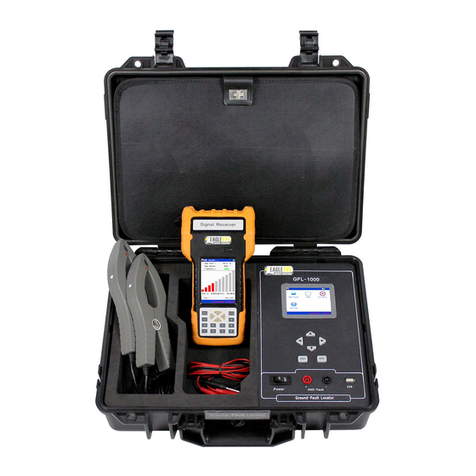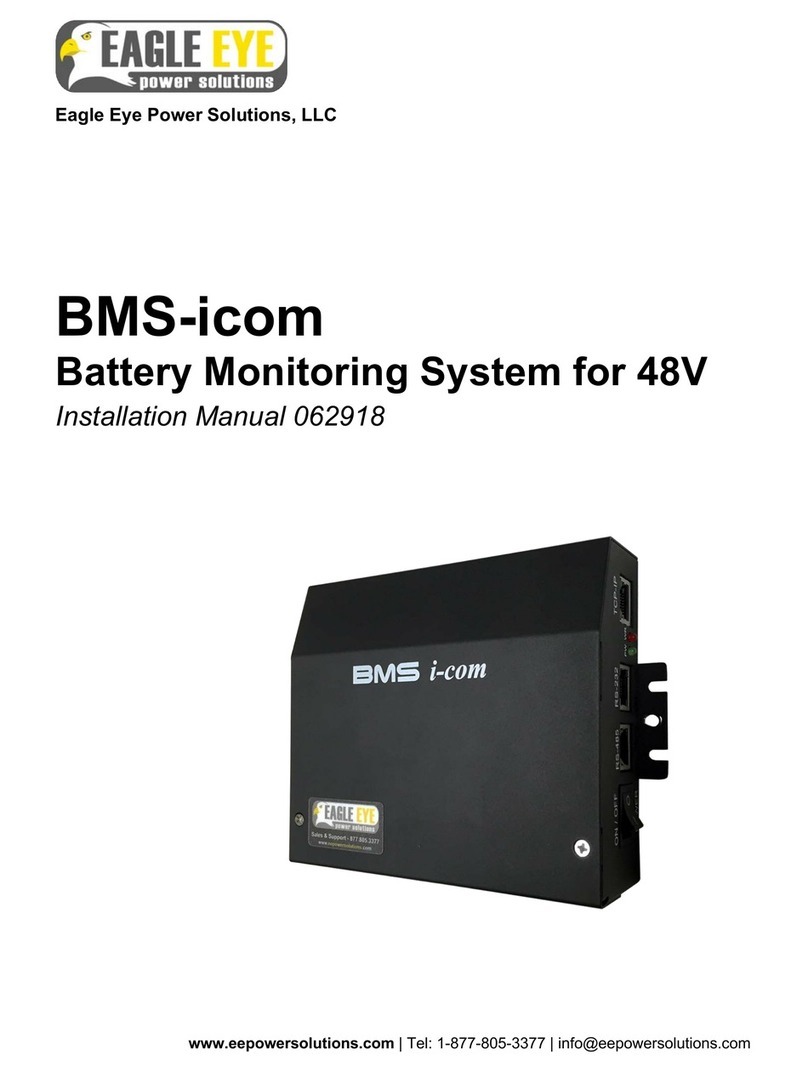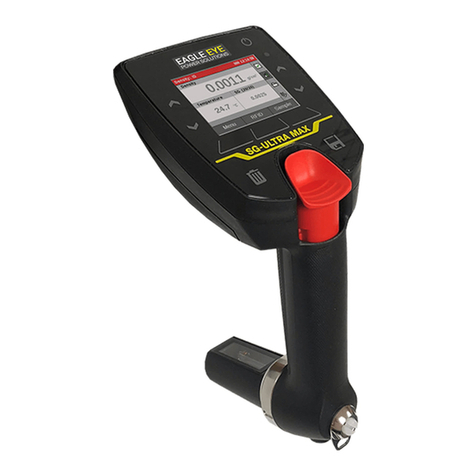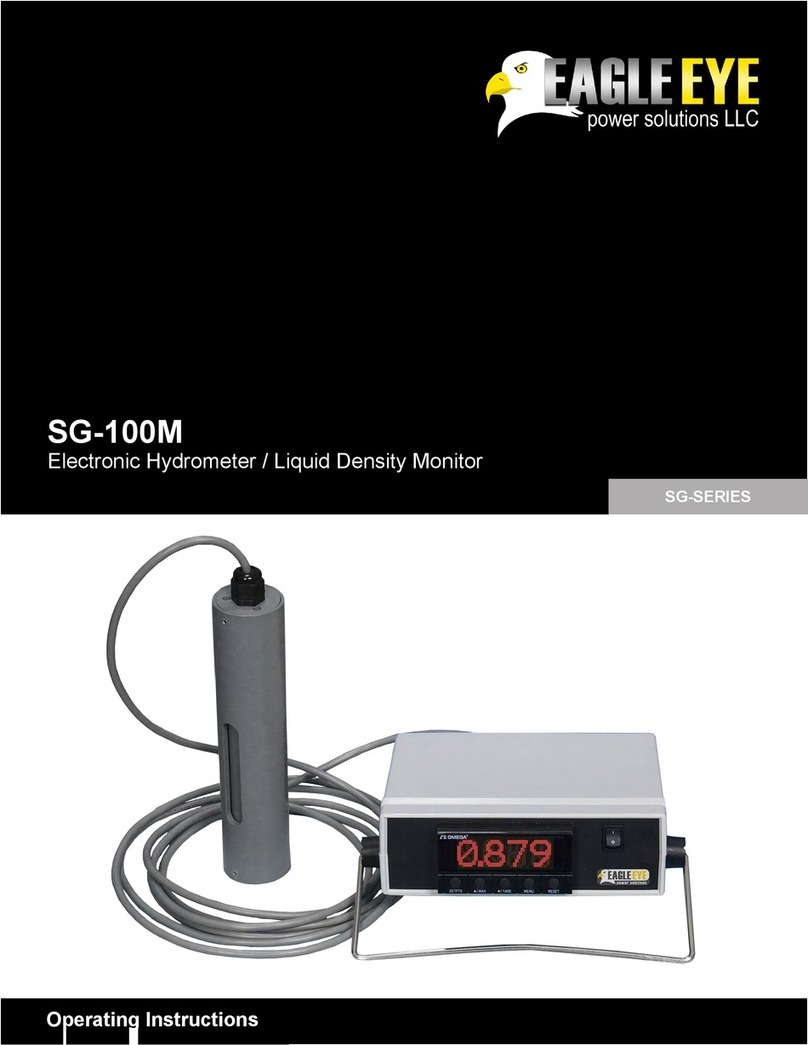
2
Contents
1. Introduction ............................................................................................................................. 3
1.1 Safety Information ............................................................................................................ 3
2. Product Overview ................................................................................................................... 4
2.1 Main Processing Unit (MPU) ............................................................................................ 5
2.2 Technical Specifications .................................................................................................. 7
3. Parts List ................................................................................................................................. 8
4. Installation Tools .................................................................................................................. 10
4.1 Required Tools ................................................................................................................ 10
4.2 Recommended Tools ...................................................................................................... 11
5. Hardware Installation ........................................................................................................... 12
5.1 Overview of Workflow .................................................................................................... 12
5.2 MPU Installation .............................................................................................................. 13
5.3: Clamp Installation .......................................................................................................... 14
5.4 Sensing Cable Layout & Connection ............................................................................ 17
5.5 Temperature Sensor Connection .................................................................................. 21
5.6 DC Voltage Cables .......................................................................................................... 22
5.7 Connect DC CT Clamp .................................................................................................... 24
5.8 Verify Connections ......................................................................................................... 26
5.9 Connect Cables to BDS-Pro MPU .................................................................................. 28
6. Initial Power Up ..................................................................................................................... 29
6.1 Status LEDs ..................................................................................................................... 29
6.2 Keypad Operation ........................................................................................................... 30
7. Parameter Setup & Measurement Verification ................................................................... 31
8. Network Communication Setup .......................................................................................... 36
8.1 Configure MPU IP Address ............................................................................................ 36
8.2 Connect BDS-Pro to Network ........................................................................................ 38


































